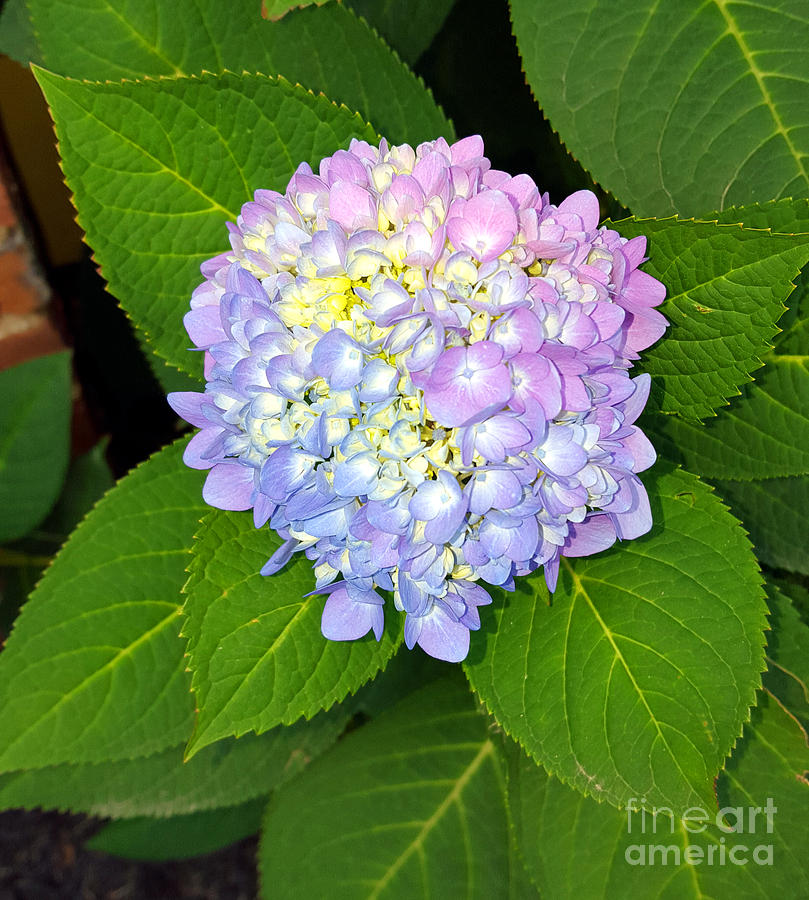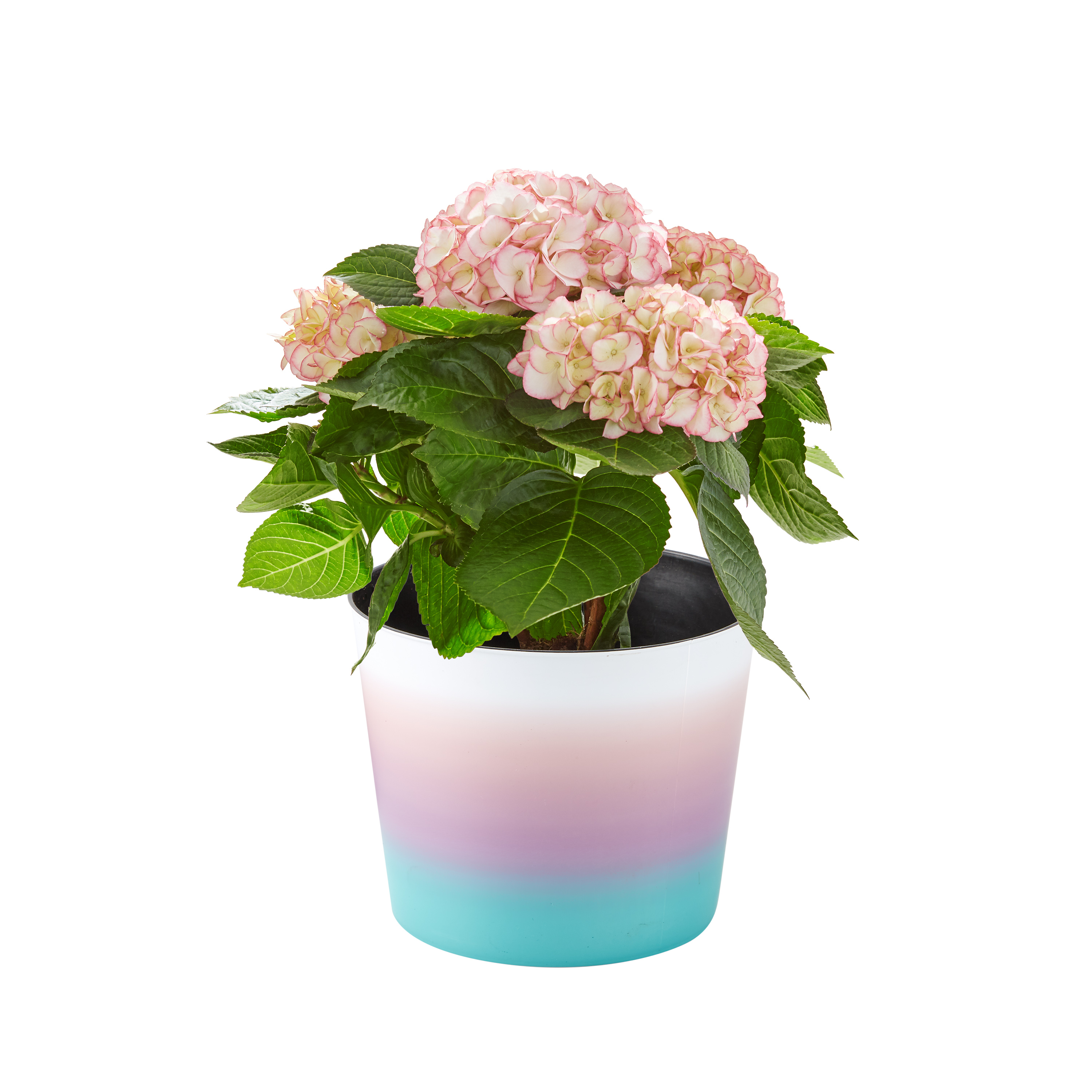How To Grow Hydrangeas That Change Color
How to Grow Hydrangeas That Change Color
Hydrangeas are beautiful flowering shrubs that can be found in a variety of colors, including blue, pink, purple, and white. But did you know that the color of hydrangea flowers can actually be changed by the pH of the soil?
That's right, hydrangeas are one of the few plants that can change color in response to their environment. So if you're looking for a way to add some color variety to your garden, growing hydrangeas is a great option.
In this blog post, we'll discuss how to grow hydrangeas that change color. We'll cover everything from choosing the right soil to applying the right amendments. So whether you're a beginner gardener or a seasoned pro, you'll find all the information you need here.
Choosing the Right Soil
The first step to growing hydrangeas that change color is to choose the right soil. Hydrangeas prefer acidic soil, with a pH of 5.0 to 5.5. If your soil is alkaline, you'll need to add some amendments to lower the pH.
There are a few different ways to lower the pH of your soil. You can use garden sulfur, aluminum sulfate, or pine needles. Be sure to follow the directions on the product label carefully.
Applying Amendments
Once you've lowered the pH of your soil, you can start applying amendments to encourage your hydrangeas to bloom in the desired color. For blue hydrangeas, you'll need to add aluminum sulfate. For pink hydrangeas, you'll need to add lime.
The amount of amendment you need to add will vary depending on the pH of your soil and the desired color of your hydrangeas. It's a good idea to have your soil tested before you start adding amendments.
Fertilizing
In addition to adding amendments, you'll also need to fertilize your hydrangeas regularly. Use a fertilizer that is high in nitrogen and potassium, and low in phosphorus.
Fertilize your hydrangeas in early spring and again in midsummer. Be sure to water the fertilizer in well.
Watering
Hydrangeas need regular watering, especially during the summer months. Water your hydrangeas deeply once a week, or more often if the weather is hot and dry.
Pruning
Hydrangeas should be pruned in late winter or early spring. Prune off any dead or diseased branches, and thin out the plant to encourage new growth.
With a little care and attention, you can easily grow hydrangeas that change color. So why not give it a try?
Hydrangea ombre is a beautiful and unique type of hydrangea that is characterized by its gradual blend of colors. The flowers start out one color at the top of the bloom and then fade to another color at the bottom. This creates a stunning visual effect that is sure to turn heads.
If you are interested in learning more about hydrangea ombre, I suggest you visit . This website has a wealth of information about this type of hydrangea, including how to grow it, how to care for it, and how to get the best results.
In addition to providing information about hydrangea ombre, also offers a variety of other resources for gardeners, including articles, videos, and forums. So whether you are a beginner or an experienced gardener, you are sure to find something useful on this website.
FAQ of hydrangea ombre
1. What is hydrangea ombre?
Hydrangea ombre is a type of hydrangea that exhibits a gradual change in color from one end of the flower to the other. The most common type of hydrangea ombre is the blue hydrangea, which can fade from a deep blue at the base of the flower to a pale pink at the tips. However, there are also other types of hydrangea ombre, such as the pink hydrangea and the white hydrangea.
2. How do hydrangeas get their colors?
The colors of hydrangeas are determined by the pH of the soil in which they are planted. In acidic soil, hydrangeas will bloom blue flowers. In alkaline soil, hydrangeas will bloom pink flowers. The pH of the soil can be adjusted by adding aluminum sulfate to acidic soil or lime to alkaline soil.
3. How do I care for hydrangea ombre?
Hydrangea ombre is a relatively easy plant to care for. It needs full sun to partial shade and well-drained soil. Hydrangeas should be watered regularly, especially during hot, dry weather. They should also be fertilized in the spring and fall.
4. Why do hydrangeas color fade?
There are a few reasons why hydrangeas might fade in color. One reason is that the soil pH may not be ideal for the type of hydrangea. Another reason is that the plant may not be getting enough water or nutrients. Finally, hydrangeas can also fade in color if they are exposed to too much sun or heat.
5. How can I prevent hydrangeas from fading?
To prevent hydrangeas from fading, you can make sure that the soil pH is ideal for the type of hydrangea. You should also water the plant regularly and fertilize it in the spring and fall. Finally, you should avoid planting hydrangeas in areas that receive too much sun or heat.
Image of hydrangea ombre
Here are 5 images of hydrangea ombre from Pinterest:
- Image 1: A large hydrangea bush with flowers that fade from pink to blue.

- Image 2: A close-up of a single hydrangea flower with petals that fade from light pink to deep blue.

- Image 3: A group of hydrangeas in different shades of pink, blue, and purple.

- Image 4: A hydrangea bush with flowers that are a mix of pink, blue, and green.

- Image 5: A hydrangea bouquet with flowers that fade from white to pink to blue.

Post a Comment for "How To Grow Hydrangeas That Change Color"